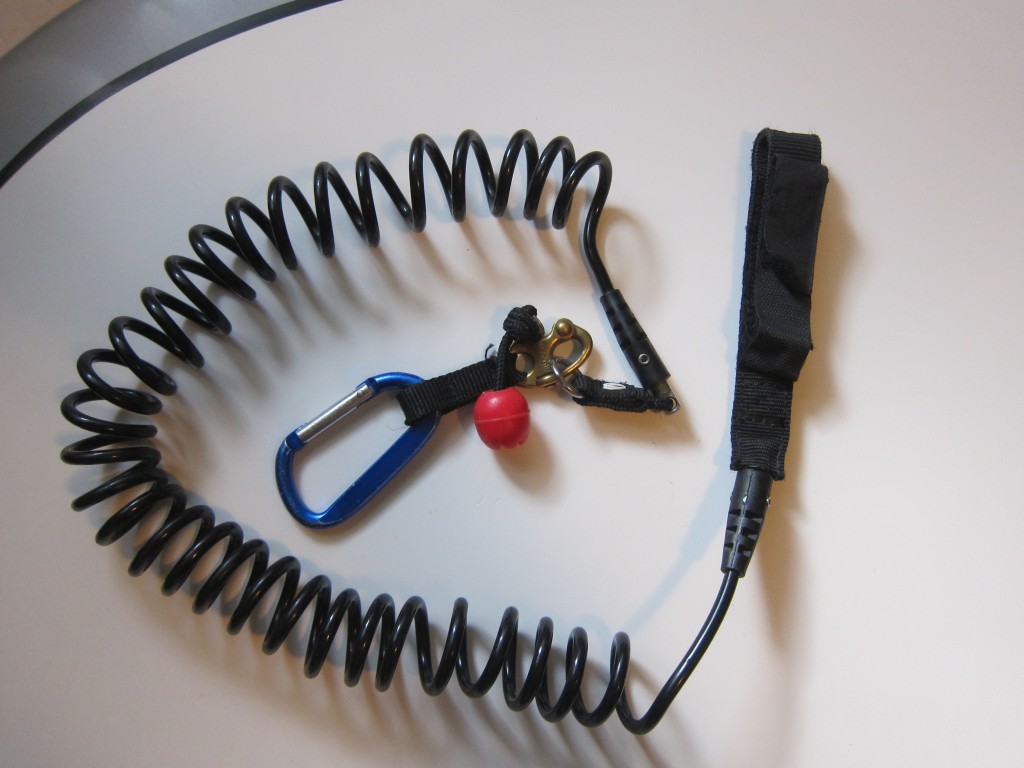 |
| Ben's preference: Badfish Re-Leash |
Whitewater canoeists and kayakers don't leash themselves to the their boats. Instead, they "wear" their boats using straps, bulkheads, thigh hooks, hip blocks, etc. Whitewater stand up paddling, in contrast, is focused on freedom of movement where the connection between paddler and boat is tenuous at best. Going leashless really honors the ideal mindset for whitewater stand up paddling and is often the safer option.
That said - you'll usually find me with my old and mostly reliable Salamander waist leash - especially when paddling unfamiliar rivers ... and occasionally on a familiar river. But after finding the coiled cable of the leash wrapped around my neck following a chundering in a big hole I am going leashless more often.
Go read Ben's post at his blog, SUP for the Soul :: The Lowdown on Leashes for River Surfing



